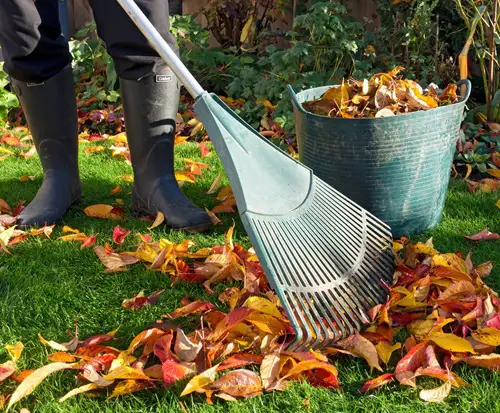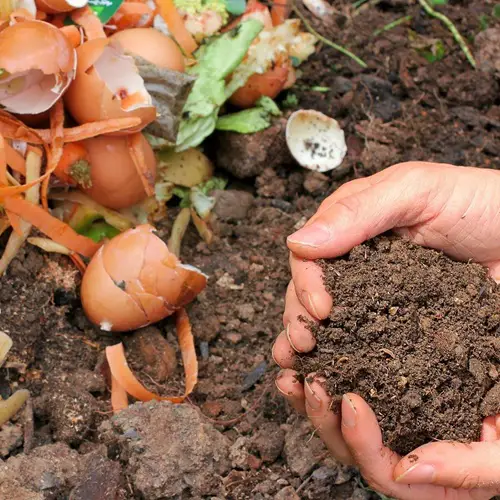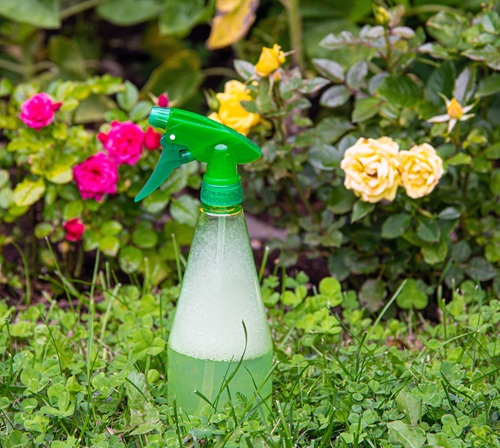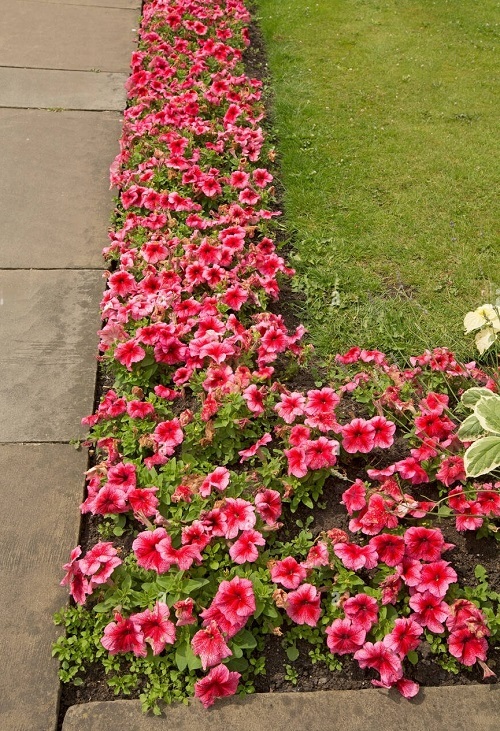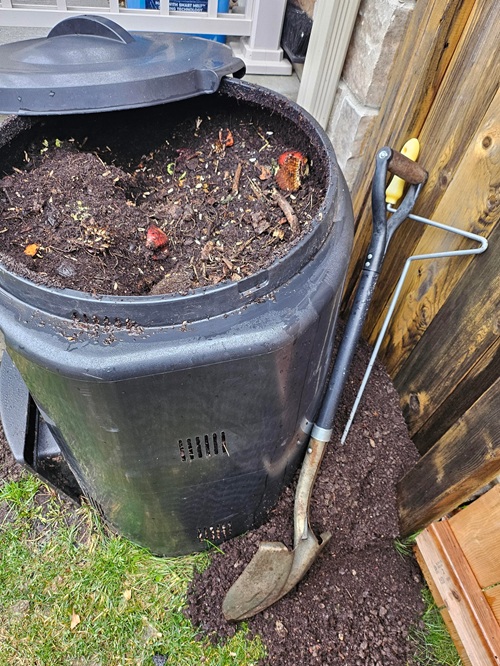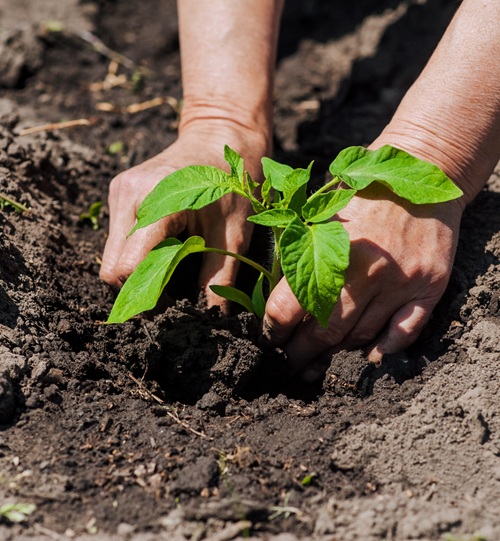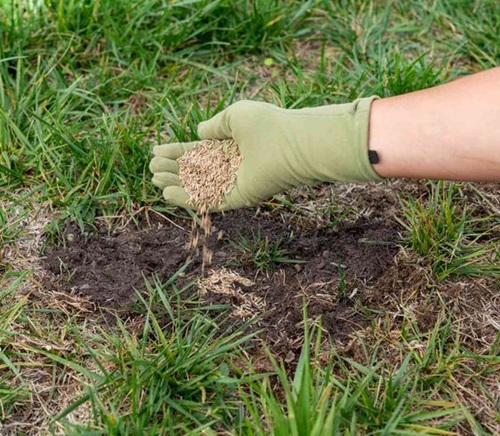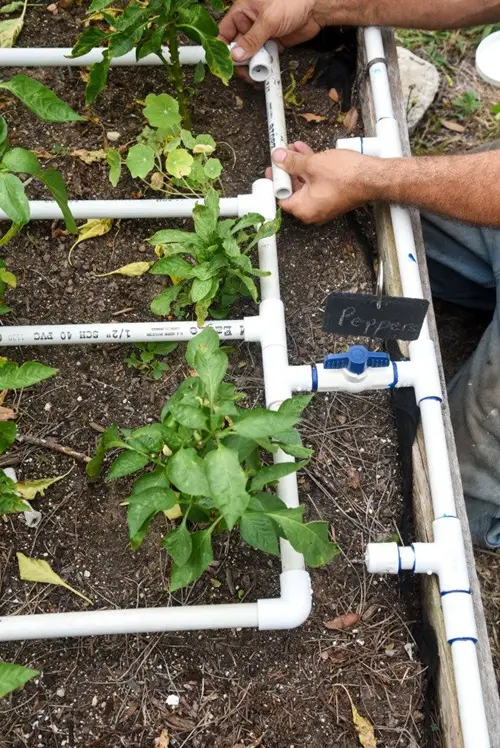Here are all the things to do in garden in april that will help you make it flourish throughout the year; don’t miss out!
April is when your garden starts waking up properly after winter. The days are longer, the soil is warming up, and plants are ready to grow. But to keep everything healthy and looking good, a bit of smart planning and action is needed. Here’s a list of practical things you should do in your garden this April to make the most of it!
Things To Do In Garden In April
1. Clear Out Winter Debris
Fall and winter leave a lot of branches, dead leaves, and debris behind. Clear your garden, lawn, and flower borders of any such debris to prepare for the planting season. Use a rake and garden fork to loosen compacted soil where needed, especially in flower beds.
You may also want to get rid of old growth of herbaceous perennials and deciduous grass this early spring. This is the time to tackle weeding too; focus on perennial weeds now before they grow deeper roots.
Pro Tip: Once you’re done removing weeds, mulch, and debris, you can start digging and prepping your soil for planting, but only if the soil isn’t soggy or clumping. Wet soil is best left untouched until it drains a bit.
2. Edge the Lawn and Beds

After your first cleanup and lawn maintenance, it’s time to define the edges. This helps clearly divide the flower beds, the lawn, and the paths. Beyond looks, edging keeps the mulch, soil, and gravel from mixing.
Use a half-moon edger or spade for clean lines; it’s a simple step that can make your garden look instantly neater.
3. Enrich and Prep the Soil
After clearing all the debris, nourish your soil with compost or well-rotted manure, if available. This will feed the beneficial microorganisms in the soil and also encourage insect activity.
Healthy soil equals healthy plants, so this step sets the tone for everything else. If compost isn’t available, apply a slow-release organic fertilizer. Don’t use synthetic lawn fertilizers in your flower or vegetable beds; they can disrupt the soil balance.
4. Control Early Garden Pests
Snails, slugs, and aphids usually hide and hibernate in the crowns of perennial plants throughout the winter. Use handpicking, natural sprays like neem oil, or barrier methods to control them early.
If you look closer, you could also find white vine weevil larvae in your compost heap. These larvae would feed on the roots of your plants. Be sure to treat your plants for vine weevils as well.
Pro Tip: Try placing nematodes in the soil to target them without harming beneficial insects.
5. Plant Seasonal Flowers
Now’s the time to plant young spring flowers started indoors or bought from a nursery.
If you haven’t sown seeds yet, go for marigolds, zinnias, cosmos, petunias, or purple coneflowers.
Sow them in trays indoors or directly in warm soil, depending on your region. Add more perennials if needed—gap-filling now saves rework later in summer. This is also a great time to plant up your container garden–use the “thriller-filler-spiller” method for balanced pots.
6. Start or Refresh Your Compost
Compost and manure are very important, as you can use them to organically nourish your plants and soil without synthetic fertilizers.
You can dig a pit, build a crate structure, or DIY a compost bin. Throw in grass clippings, veg scraps, shredded paper, and dry leaves. That’s it!
Turn the compost once or twice a month using a rake to keep the compost heap aerated. Here’s a detailed guide for your help!
7. Sow Vegetables and Herbs
There are plenty of warm-season veggies to plant now–tomatoes, okra, cucumbers, beans, eggplants, peppers, cantaloupes, and melons. These need warm soil and sunlight, so start them in well-drained spots.
Don’t forget cool-season options like radishes, carrots, lettuce, and peas. Mix up your sowing—do some directly in the ground, some in containers, and stagger your planting for continuous harvest. Also, start growing annual herbs like basil, coriander, and dill.
8. Prune and Mulch Trees and Shrubs
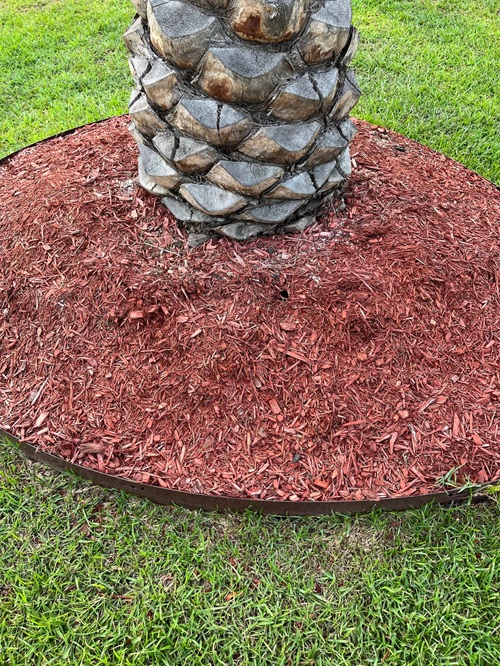
Another thing to do in the garden in April is pruning trees and deciduous shrubs. This stimulates new plant growth and spring flowering. Be sure to fertilize and also mulch your trees and shrubs (pine needles are great for this). Add the mulch around them in a doughnut shape, not touching the trunk, to conserve moisture.
This is also a good time to plant new trees or shrubs if you’re expanding your garden.
9. Feed and Patch Your Lawn
Apply a slow-release fertilizer to feed your lawn through spring and into summer. Avoid over-fertilizing; follow the label and water it in well.
Reseed patchy spots with the same grass variety—scratch the soil lightly, sow the seed, press down, and keep it moist. If you live in a dry area, try drought-resistant grass seed mixes.
10. Set Up a Simple Watering System
April is the best time to set up or fix your garden’s watering system before the heat kicks in. Try soaker hoses, drip lines, or even simple DIY bottle drippers for beds and containers.
These save time, water, and ensure roots get deep moisture, not just a quick splash on top. Group thirsty plants together to make watering easier. You can also add a timer to automate watering in summer, which is especially helpful if you travel or forget to water daily.
That’s your April gardening checklist sorted. Tackling these tasks now will save you time and effort later. Plus, it sets up your garden to grow strong all through the warm months.


